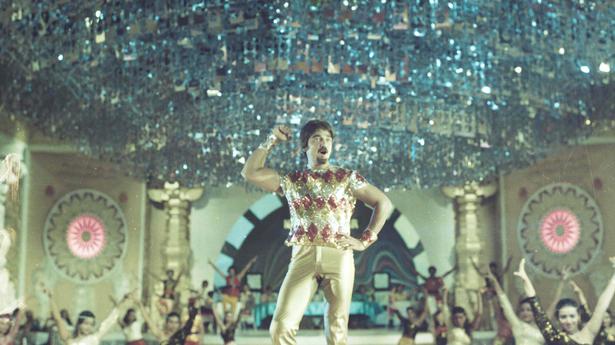
Understanding the A, B and C of cinema
The Hindu
The success of ‘rural’ films in Tamil cinema seems to suggest that the assumption of unification of different subsets of audiences is misguided
When Ajith Kumar and director Siva came together for the third time for Vivegam (2017), following their previous two successful films Veeram (2014) and Vedalam (2015), little did they foresee that it would become a fodder for memes on social media. The film was collectively panned by critics and audiences, quickly becoming one of the more easily forgettable films. Yet, Ajith called on Siva again for Viswasam (2019), raising questionable doubts over the star’s choice.
This time, though, the duo was smart enough to quickly change their pattern. The Pongal of 2019 is a great example to understand the C (commerce) of cinema: Ajith Kumar’s rural drama Viswasam was pitted against superstar Rajinikanth’s action-thriller Petta. Though both films were a profitable venture, Viswasam reportedly outperformed Petta especially in the B and C centres — traditionally seen as tier 2 and tier 3 cities. So much so that the Ajith Kumar-starrer emerged as the biggest money-spinner, and even Rajinikanth wanted Siva to make a similar film for him.
This ‘rural’, rather the big, fat family drama-formula that stars co-adapt cannot be seen as a harmless coincidence but a well-planned calculation.
Let’s take the example of Suriya. The actor made enemies with the industry gatekeepers by opting for the digital release of Soorarai Pottru (2020) and Jai Bhim (2021), both produced by his production house 2D Entertainment. Supposing these films had a theatrical release, they would have still been categorised as a ‘multiplex’ product, primarily catering to the urban pockets of the city known as the ‘A’ centre.
But when Suriya decided to come to theatres, he cleverly chose a rural drama in Etharkkum Thunindhavan directed by Pandiraj. Though its intention and messaging about sexual harassment faced by women was well-appreciated, it was still criticised for its heady melodrama. As was last year’s excruciating Annatthe (starring Rajinikanth), which not only reinforced archaic stereotypes but also had the tone and texture of a teary-jerking television serial.
Surely, there is a common denominator we seem to be missing…what else explains the commercial success of these films in the B and C centres, that constitute the majority of the theatre-going population in Tamil Nadu? What is it about family drama that is cutting across audiences, that is prompting even Rajinikanth, one of the biggest stars of Indian cinema, to take up a film with a village backdrop in Annatthe?
Stars, of course, are not here to impress the critics; cinema is as much commerce as it is art. They have the additional responsibility of covering the entire spectrum of audience and hence, they have to cater to their tastes.





















 Run 3 Space | Play Space Running Game
Run 3 Space | Play Space Running Game Traffic Jam 3D | Online Racing Game
Traffic Jam 3D | Online Racing Game Duck Hunt | Play Old Classic Game
Duck Hunt | Play Old Classic Game











